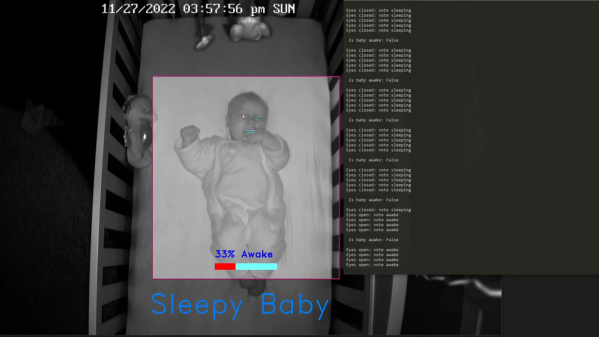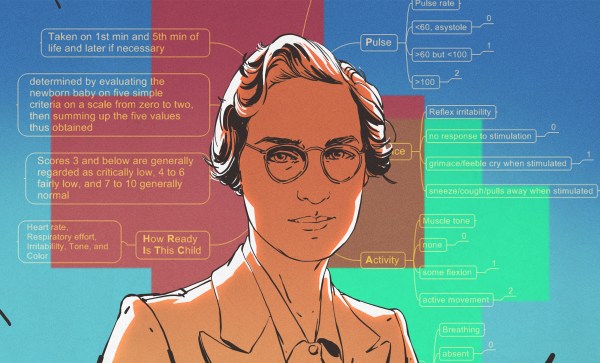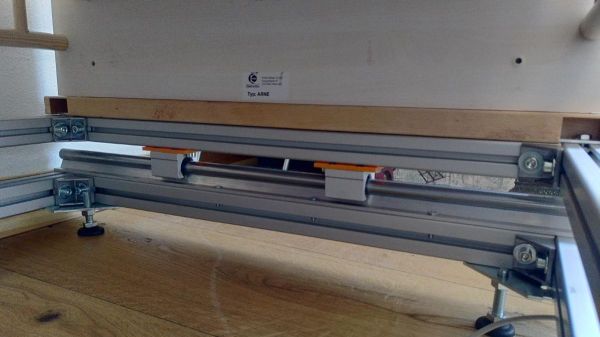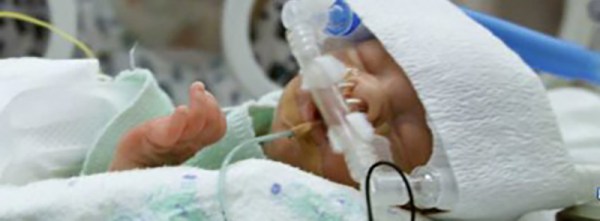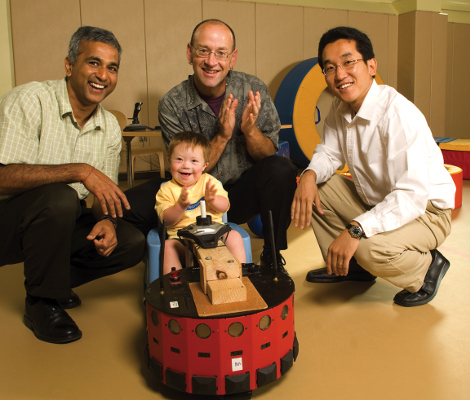The first lesson a new parent learns is that the second you think you’ve finally figured out your kid’s patterns — sleeping, eating, pooping, crying endlessly in the middle of the night for no apparent reason, whatever — the kid will change it. It’s the Uncertainty Principle of kids — the mere act of observing the pattern changes it, and you’re back at square one.
As immutable as this rule seems, [Caleb Olson] is convinced he can work around it with this over-engineered sleep pattern tracker. You may recall [Caleb]’s earlier attempts to automate certain aspects of parenthood, like this machine learning system to predict when baby is hungry; and yes, he’s also strangely obsessed with automating his dog’s bathroom habits. All that preliminary work put [Caleb] in a good position to analyze his son’s sleep patterns, which he did with the feed from their baby monitor camera and Google’s MediaPipe library.
This lets him look for how much the baby’s eyes are open, calculate with a wakefulness probability, and record the time he wakes up. This worked great right up until the wave function collapsed the baby suddenly started sleeping on his side, requiring the addition of a general motion detection function to compensate for the missing eyeball data. Check out the video below for more details, although the less said about the screaming, demon-possessed owl, the better.
The data [Caleb] has collected has helped him and his wife understand the little fellow’s sleep needs and fine-tune his cycles. There’s a web app, of course, and a really nice graphical representation of total time asleep and awake. No word on naps not taken in view of the camera, though — naps in the car are an absolute godsend for many parents. We suppose that could be curated manually, but wouldn’t doubt it if [Caleb] had a plan to cover that too.
Continue reading “Machine Learning Baby Monitor, Part 2: Learning Sleep Patterns”

